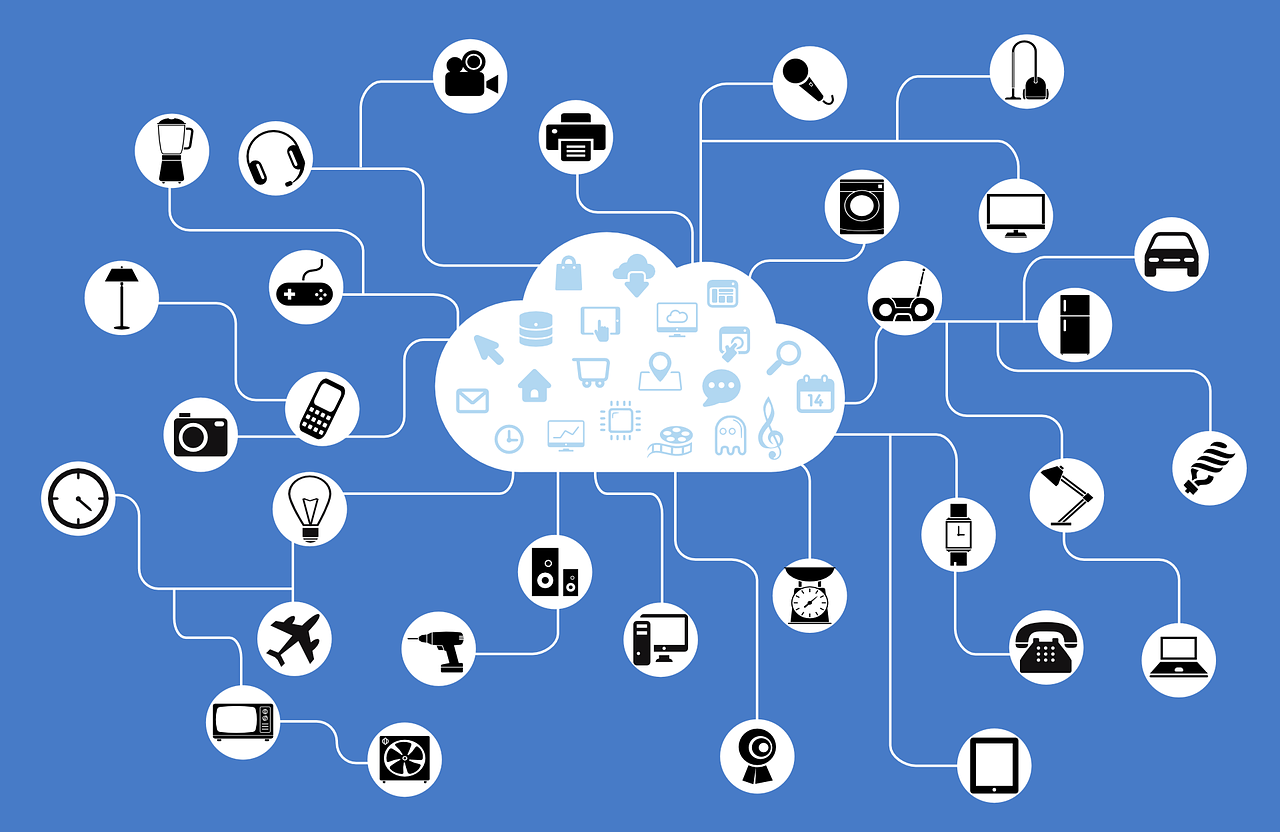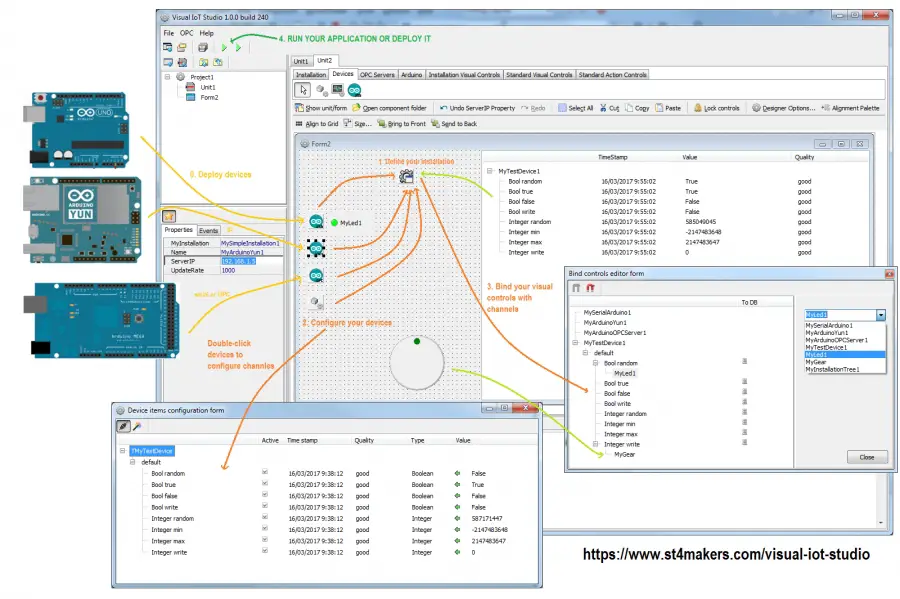Visual Studio and the Internet of Things (IoT): A Perfect Match

Executive Summary

Visual Studio is a powerful integrated development environment (IDE) that provides a comprehensive set of tools for software development. It is widely used by developers of all skill levels to create applications for a variety of platforms, and its capabilities make it an ideal choice for developing IoT applications. This document provides an overview of the features and benefits of using Visual Studio for IoT development, as well as a discussion of the challenges and best practices associated with this type of application development.

Introduction
The Internet of Things (IoT) is a rapidly growing field that is having a major impact on the way we live and work. With the increasing availability of affordable and powerful hardware, it is now possible to connect everyday objects to the Internet and collect data from them. This data can be used to improve efficiency, productivity, and safety in a wide variety of settings.
Visual Studio is a powerful and versatile IDE that provides a comprehensive set of tools for developing IoT applications.
Benefits of Using Visual Studio for IoT Development
There are many benefits to using Visual Studio for IoT development, including:
- Comprehensive IDE: Visual Studio provides a comprehensive set of tools for developing IoT applications, including a code editor, debugger, profiler, and source control integration.
- Support for Multiple Platforms: Visual Studio can be used to develop applications for a wide variety of IoT platforms, including Windows, Linux, and Android.
- Visual Programming Tools: Visual Studio includes a number of visual programming tools that make it easier to develop IoT applications, such as drag-and-drop programming and graphical modeling.
- Extensibility: Visual Studio is extensible, allowing developers to add new features and functionality to the IDE. This makes it possible to tailor the IDE to meet the specific needs of IoT development.
Challenges of IoT Development
There are also a number of challenges associated with IoT development, including:
- Heterogeneity of Devices: IoT applications must be able to communicate with a wide variety of devices, each of which may have its own unique set of protocols and APIs.
- Security Concerns: IoT devices are often connected to the Internet, which makes them vulnerable to attack. Developers must take steps to secure IoT applications and protect them from unauthorized access.
- Data Management: IoT applications often generate large amounts of data. Developers must have a plan for managing and storing this data in a way that is secure and efficient.
Best Practices for IoT Development
There are a number of best practices that developers can follow to improve the quality and reliability of their IoT applications, including:
- Use a Service-Oriented Architecture: A service-oriented architecture (SOA) can help to modularize IoT applications and make them easier to maintain and update.
- Focus on Security: Security is a top priority for IoT development. Developers should take steps to secure IoT applications and protect them from unauthorized access.
- Use Data Analytics: IoT applications can generate large amounts of data. Developers can use data analytics to analyze this data and improve the efficiency and productivity of their applications.
Conclusion
Visual Studio is a powerful and versatile IDE that provides a comprehensive set of tools for developing IoT applications. By following the best practices for IoT development, developers can create applications that are secure, reliable, and efficient.
Keyword Phrase Tags
- Visual Studio
- IoT development
- IoT challenges
- IoT best practices
- SOA

Wow! This was super insteresting. I deploy many azure IoTs on a regulare basis. It was great to finaly know how to do it Thank you.
What a load of gargabe! Nothing new here! Useless for experts in the feild. Dont wast your time.
This articul is missing fundemental details for a comprehencive overwiew of IoTs. It only covers the developent process superficialy. A disapointment overoll.
I strongly belive using a free opensource tool for complex IoT developpement is not a viabel option. Your are bound to eventualy run into issues that will cost more time and money to fix.
I was underwhelmed by this post. It read like a love letter to Visual Studior, when there are various opensource tools avaible that are arguably more performant.
Shure… just use Visual Studior for IoT development. I mean, why make things simplier when you can have a large, complex tool polute your workflow.
I dont quite get the point of this article. Did the author mean azure is good or bad for IoTs?
I am with Cranky Dev on this, this blog post is a complete mis. It over simplifys the proces and seams to have been writen in a hurry. Shame!
The articul highliths the integration of visual studio with azure as a key selling point. However, I believe securely connecting to assets in a real world environemetn is another critical element that deserves more attention.
Thank you for a great post. I am new to IoT, but this gave me a very good understending. I aprecciate the cleare and non-tecnical language. Well done.